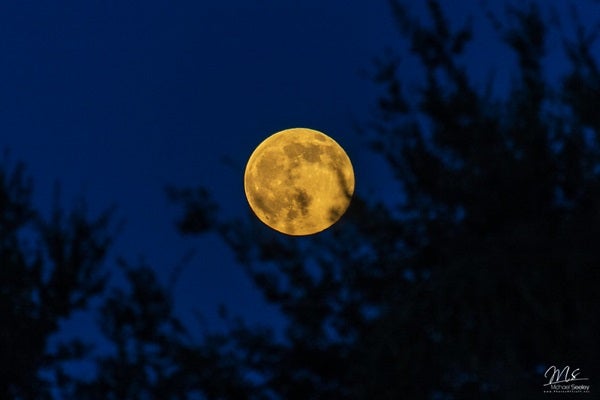
R Aquarii is a double star that emits jets of high-energy material as gas from one star accumulates on the other. Astronomers combined visible, radio and X-ray wavelengths to create this image. Credit: X-ray: NASA/CXC/SAO; Optics: NASA/STScI/Palomar Observatory/DSS; Radio: NSF/NRAO/VLA; H-Alpha: LCO/IMACS/MMTF
“Beware of turbulent stars. It’s trouble,” he says Astronomy Editor David Eicher. The Hubble Space Telescope (HST) has just released a new photograph showing the stunning masterpiece R Aquarii, located about 700 light-years away in the constellation Aquarius the Water Bearer. It is an unusual type of binary star system that exhibits chaotic behavior and is enveloped by a large nebula: in this case, some of its boundaries reach about 250 billion miles (400 billion kilometers) from the center of the system.
The multicolored filaments shown in the HST photograph are created when the two components of a symbiotic binary star system interact. The pair consists of a white dwarf (the remnant of a Sun-like star) and a red giant (a stage in the life of a Sun-like star where its dying process begins). The red giant is a variable star about 400 times larger than the Sun. Its brightness changes by a factor of 750 over the course of just over a year, and at its peak it is nearly 5,000 times brighter than our star.
Despite the variability of the red giant, the white dwarf still benefits from its companion at each close pass, which occurs once every 44 years. At those times the white dwarf steals hydrogen from the red giant. Once the amount of gas reaches a certain limit, it is expelled in a powerful explosion. The ejected material is shaped into twisted filaments by the force and scattered by the stars’ strong magnetic fields.
R Aquarii is one of the closest known symbiotic binary systems and was first spotted by Edwin Hubble in 1939. Nearly 30 years later, the system’s jets were found to explode in opposite directions from the center, spewing plasma everywhere. HST has been keeping an eye on the system since 1990. Now, the European Space Agency and HST teams have enough photos to create the timelapse video below.

